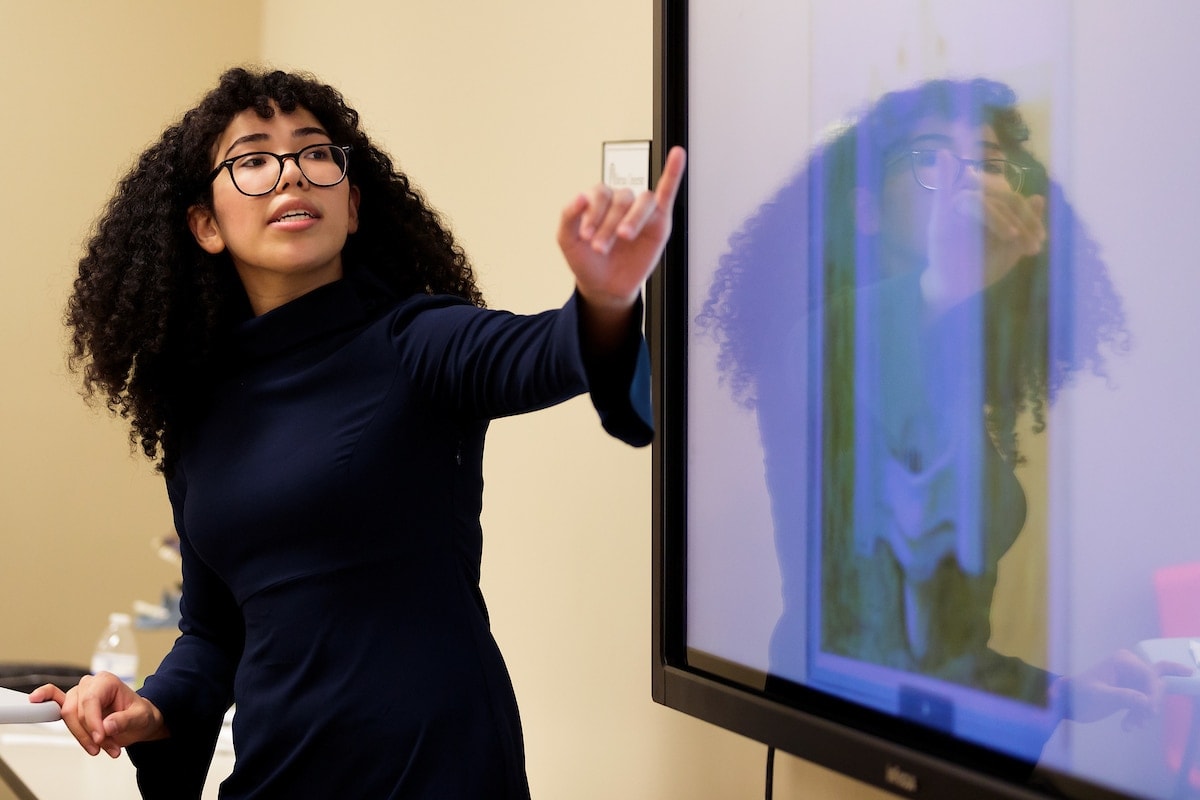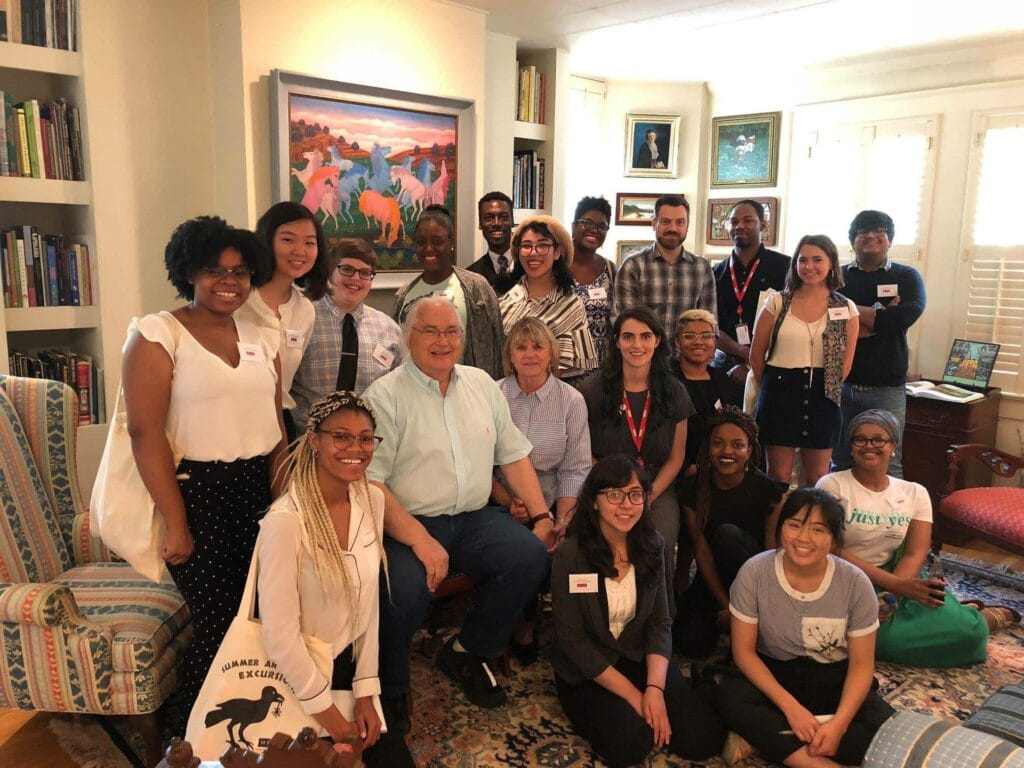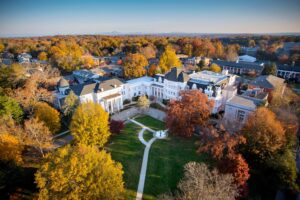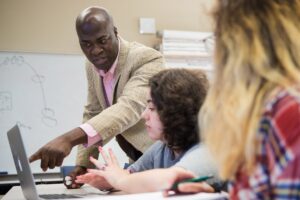

My name is Jennifer Benitez, and I am a senior Studio Art major at Brenau University. Last year I was encouraged to apply for an opportunity for college students interested in curating, offered by the High Museum of Art. Initially I had no idea what the term curator meant. I knew it was something related to museums, perhaps dealing with old artifacts. I had no real intent on learning more about them until I was able to participate in 2018 Mellon Undergraduate Curatorial Fellowship (MUCF) Summer Academy. For a week, along with fourteen other selected participants from Georgia, I was able to experience the ins and outs of a curator’s daily life at the High Museum of Art. We met curators and museum staff,, visited local art museums like Spelman College Museum of Fine Art and Clark Atlanta University Art Museum, encountered art collectors, and even visited local Atlanta artist Rocio Rodriguez! I want to share a few of my fondest memories, in hopes that maybe some other students here at Brenau will apply for this wonderful creative opportunity.

Although I am a Studio Art major, you don’t have to be a major in the arts to apply, or even to be a curator — surprise! Many of the “fellows,” as we were called, consisted of various majors, including history, art history, fashion design, and even photography. This is mainly because of what a curator is. A curator is the keeper, guide, and overall human thesaurus of a museum’s collection. For example, you could be the curator of Modern Art or Folk Art, this meaning that you are the person the museum trusts knows the most about that period. We had the opportunity to know Stephanie Heydt, the Margaret and Terry Stent Curator of American Art. She made such an impact on me for not only being extremely knowledgeable about her field, but for her overflowing kindness to a bunch of college kids who just wanted to find out what curatorialship was all about. But don’t think this experience was all fun and games: We were tasked with assignments throughout the week, including writing an object label for an item of our choice, doing an oral presentation of that object, and designing our own group exhibition. Although this seemed intimidating, the tasks actually brought all of us together. At night, the fifteen of us would gather to work, laugh, sing, and have conversations about our backgrounds, the current state of the world, and art. The relationships I developed during that week will last a lifetime, and if you are curious about diverse perspectives, this program is definitely for you!


